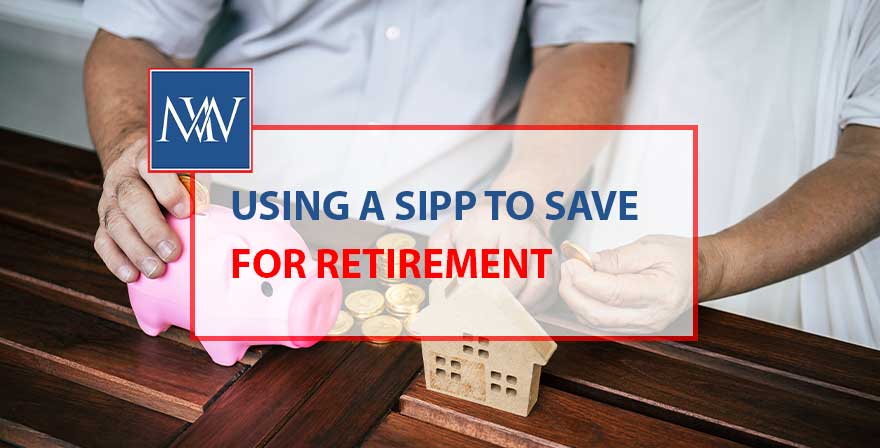
Using a SIPP to save for retirement
A SIPP is a self-invested personal pension which is set up by an insurance company or specialist SIPP provider. It is attractive to those who wish to manage their own investments. Contribution to a SIPP may be made by both the individual and, where appropriate, by the individual’s employer.
Investments
The range of potential investment is greater for a SIPP than for a personal pension or group personal pension scheme.
The SIPP can invest in a wide range of assets, including:
- quoted and unquoted shares;
- unlisted shares;
- collective investment schemes (OEICs and unit trusts);
- investment trusts;
- property and land (but excluding residential property); and
- insurance funds.
A SIPP can also borrow money to purchase investments. For example, a SIPP could take out a mortgage to fund the purchase a commercial property, which could be rented out. The rental income would be paid into the SIPP and this could be used to pay the mortgage and other costs associated with the property.
Making contributions
Tax-relieved contributions can be made to the SIPP up to the normal limits set by the annual allowance. This is set at £40,000 for 2019/20. The annual allowance is reduced by £1 for every £2 which adjusted net income exceeds £150,000 where threshold income exceeds £110,000, until the minimum level of £10,000 is reached. Anyone with adjusted net income of £210,000 and above and threshold income of at least £110,000 will only receive the minimum annual allowance of £10,000. Where the annual allowance is unused, it can be carried forward for three years. Any contributions made by the employer also count towards the annual allowance.
SIPPs operate on a relief at source basis, meaning that the individual makes contributions from net pay. The SIPP provider claims back basic rate relief, with any higher or additional rate relief being claimed through the self-assessment return.
Drawing a pension
A SIPP is a money purchase scheme and the value of benefits available to provide a pension depend on contributions that have been made to the scheme, investment growth (or reduction) and charges.
It is possible to draw retirement benefits at age 55. A tax-free lump sum can be taken to the value of 25% of the accumulated funds. Withdrawals in excess of this are taxed at the individual’s marginal rate of tax.
To prevent recycling contributions, where pension benefits have been flexibly accessed a reduced money purchase annual allowance, set at £4,000 for 2019/20, applies.
Need Accountancy Support?
For information on bespoke training, or if you have any other questions for Makesworth Accountant, please fill in your details below
















 151
151